INTRODUCTION
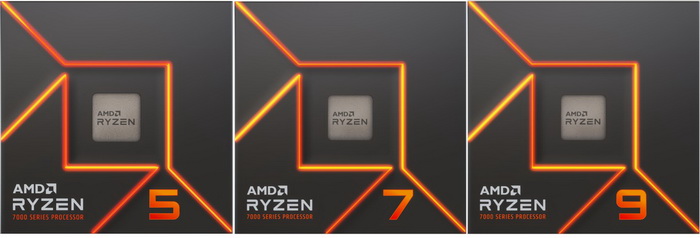
Competition between manufacturers is always good thing, not only is it the driving force behind the further advancement of technology but it also results in the production of better products (alas not always in terms of build quality) and at lower final costs for the end consumer. This is especially evident in the PC market and especially in regards to CPUs and GPUs where AMD, Intel and NVIDIA are holding almost the entirety of the market. Both AMD and Intel recently released their latest desktop CPU lines, the Zen 4 (Codename Raphael – reviews here) and 13th gen (Codename Raptor Lake) respectively which offered impressive performance boosts over their previous models. Well, days ago AMD announced the low-TDP line of their latest CPUs which includes the Ryzen 5 7600, Ryzen 7 7700 and Ryzen 9 7900 models all of which ended up on my test bench a couple of weeks back.
For more than 50 years AMD has driven innovation in high-performance computing, graphics and visualization technologies. Billions of people, leading Fortune 500 businesses and cutting-edge scientific research institutions around the world rely on AMD technology daily to improve how they live, work and play. AMD employees are focused on building leadership high-performance and adaptive products that push the boundaries of what is possible.
Once again, the new Ryzen 7000 Series (Zen 4) CPUs are based on the LGA1718 socket and feature an +13% increase in instructions per cycle/clock (IPC) together with an increase of up to 800MHz in core clocks both of which translate to a single core performance boost of up to +29% compared to the previous 5000 Series (Zen 3). Improvement in power consumption is also noticeable since Zen 4 CCDs (Core Complex Dies - 70mm2 size - 6.5 billion transistors) have moved to an 5nm process (6nm for the I/O Die - 122mm2 size - 3.4 billion transistors) resulting in a very appealing 40% average gain in performance-per-watt (AMD Eco Mode also allows you to manually reduce the TDP of the CPU via the BIOS or their Master software). The entire Ryzen 7000 line (Zen 4) also sports integrated RDNA2 graphics which sport 2 compute units, 4 Asynchronous Compute Engines (ACE) and 1 Hardware Scheduler (HWS) with support for both HDMI v2.1 (HFR/48Gbps FRL/DSC/HDR10+/VRR) and DisplayPort v2.0 (Adaptive Sync/DSC/UHBR10/HDR) outputs. Further tweaks have also been made in the infinity fabric technology and so now instead of the 1:1:1 approach (FCLK/UCLK/MCLK) of the previous 5000 Series (Zen 3) the new 7000 Series (Zen 4) uses an auto:1:1 approach meaning that it keeps the memory controller with the RAM at an 1:1 ratio whereas Infinity Fabric is set between 1600-2000MHz. This ensures optimal cooperation between the new Zen 4 CPUs and DDR5 RAM, especially low-latency modules following the EXPO memory certification by AMD (similar to XMP but aside being licence and royalty free it's also optimized for the new Zen 4 CPU line - up to 11% gains in gaming). In regards to the new non-X models AMD has significantly reduced/limited their TDP (while at default/stock clocks) which means that this time over the 6 core Ryzen 5 7600 CPU (5.1GHz max boost clock), the 8 core Ryzen 7 7700 CPU (5.3GHz max boost clock) and the 12 core Ryzen 9 7900 CPU (5.4GHz max boost clock) all have a maximum TDP (thermal design power) of just 65W with a maximum socket power of 88W and a TjMax of 95 degrees Celsius. On top of that the new Ryzen 7000 series CPUs are shipped with AMD's very own Wraith Prism air coolers (RGB models for the Ryzen 7 7700 and Ryzen 9 7900) which should be quite sufficient at default/stock clocks (thus reducing overall cost for the end consumer). So, time to see what the latest 65W TDP Ryzen Series 7000 family brings to the table.
SPECIFICATIONS AND FEATURES

THE RYZEN 5 7600, RYZEN 7 7700 AND RYZEN 9 7900
Unlike the previous Series 7000 Ryzen 4 CPUs this time we received the samples in bulk form with the CPUs and their Wraith CPU Coolers in different boxes.
Even though the latest AM5 (Raphael) socket CPUs are completely compatible with AM4 coolers AMD simplifies things by bundling their very own Wraith Coolers.
All three CPUs look identical and have 8 gaps around them (if you worry about thermal paste finding its way there Noctua has released covers specifically for the Ryzen Series 7000 line).
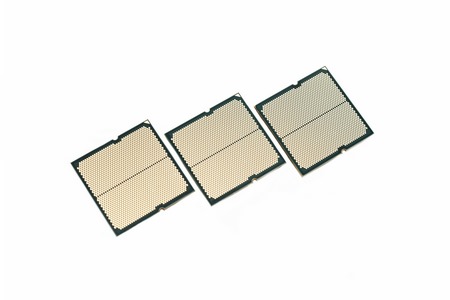
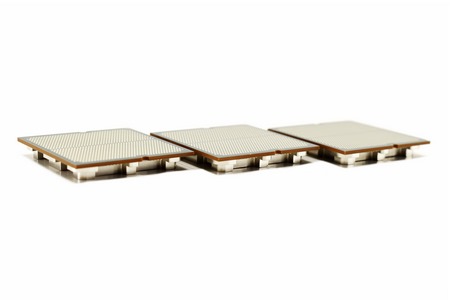 One of the biggest changes AMD made this time over was moving away from the traditional pins on/beneath their CPUs and personally i welcomed that.
One of the biggest changes AMD made this time over was moving away from the traditional pins on/beneath their CPUs and personally i welcomed that.
In the above picture you can see an exposed view (de-lidded) of a 7000 Series Zen 4 CPU (65W - marketing material).
As with my other AM5 reviews I’ll be using the ASRock X670E Taichi and the EXPO compatible Trident Z5 Neo DDR5 32GB 6000MHz CL30 kit by GSkill to test the new 65W TDP Ryzen 4 CPUs.
The HOF GeForce RTX 3080 Ti OC Labs Edition of course completes the system.
RYZEN MASTER SOFTWARE
The Ryzen Master software can be used both to increase and decrease the frequency (and thus TDP/power consumption) of your CPU via Windows, either manually or automatically with ease (2 modes, basic and advanced).
This software can be useful with all members of the new Ryzen 7000 Series but especially the high-end models like the Ryzen 9 7900/7900X and 7950X CPUs.
TEST BED
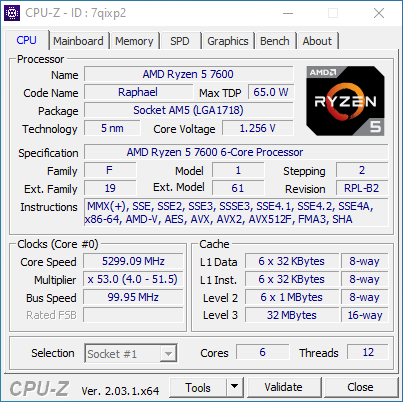
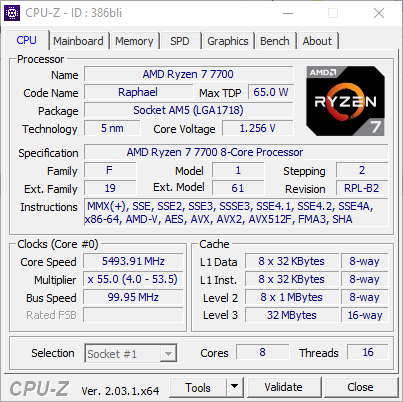
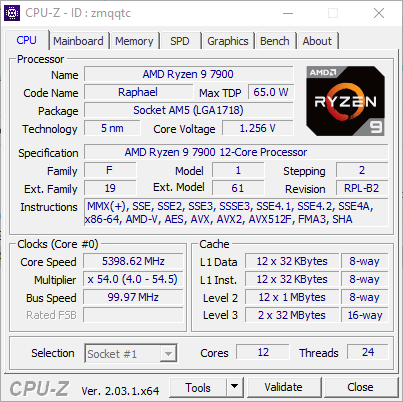

TESTING METHODOLOGY
To accurately test the performance of a CPU its clocks need to be set manually to a specific frequency/speed so to that end every model in my charts will be pushed near the maximum boost clock possible according to each manufacturer. I'll also try to use the same clocks and the same hardware configuration (motherboard, drive, memory, graphics card, cooler and power supply - even the same thermal paste will be used) when testing CPU models from the same series and as for operating system since till this day Windows 10 is still far more popular among consumers than Windows 11 I’ll be using a fresh Windows 10 Pro installation fully updated up to the day i begin my tests. Needless to say, the latest bios and drivers will be installed prior to recording my results.
As for the tests themselves they include the latest versions of both popular synthetic benchmarks and games. For synthetic benchmarks I’ll be using UL 3DMark Professional (Time Spy & CPU Profile), Maxon Cinebench, CPUID CPU-Z, Passmark Performance Test, Sisoftware Sandra Titanium and ASUS RealBench and as for games I’ll be using Horizon Zero Dawn Complete Edition by Guerrilla Games, F1 2022 by Codemasters and Forza Horizon 5 by Xbox Game Studios (time spy and games will be run at 1080p resolution with max settings). Each test will be repeated a total of 3 times and then the average numbers will get recorded in the charts. Also, since I’m positive many consumers and professionals alike would like to know I’ll also be using AIDA64 (stability test), CPU-Z (stress test) and HWMonitor to record the minimum and maximum temperatures and power consumption both at idle and after 5 minutes of heavy stress load (needless to say the cooler used will be set at 100% speed/performance – these results are only valid for the set clocks, if boost clocks climb even higher you can expect higher power consumption and temperatures).
TEST RESULTS - 3DMARK / CINEBENCH
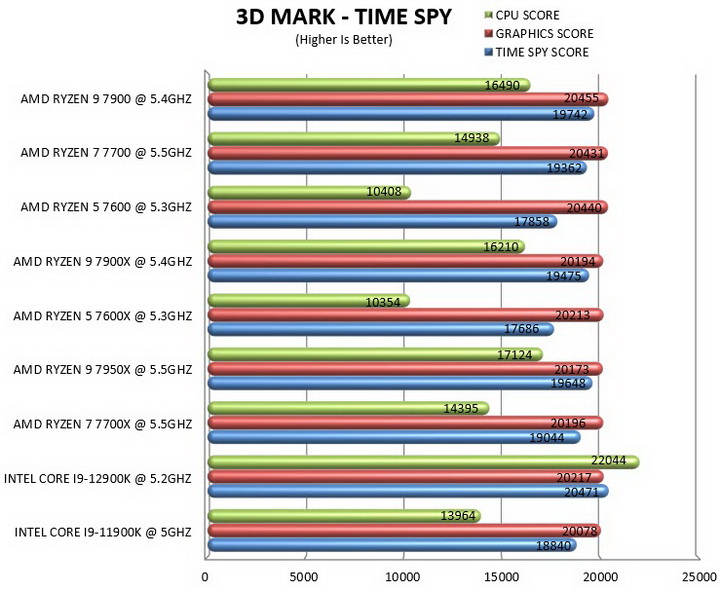
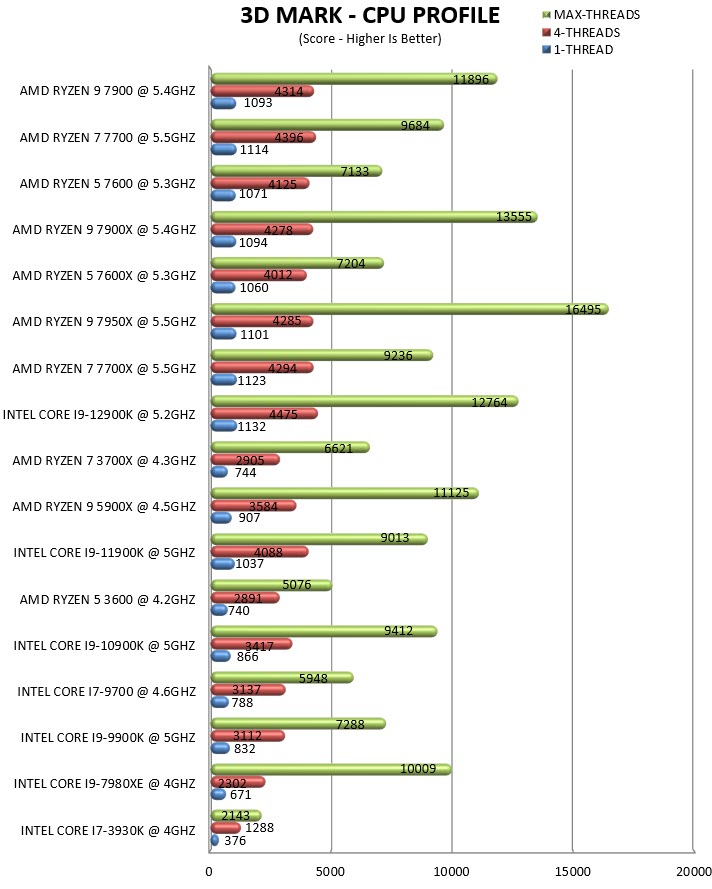

TEST RESULTS - CPUZ / PERFORMANCE TEST
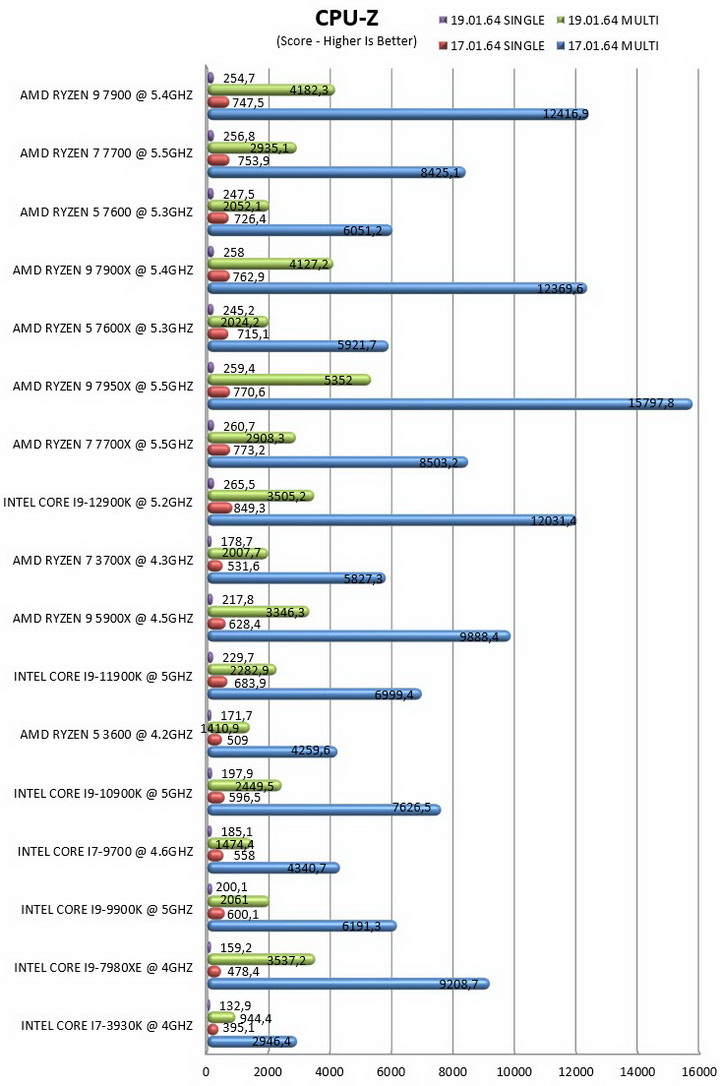
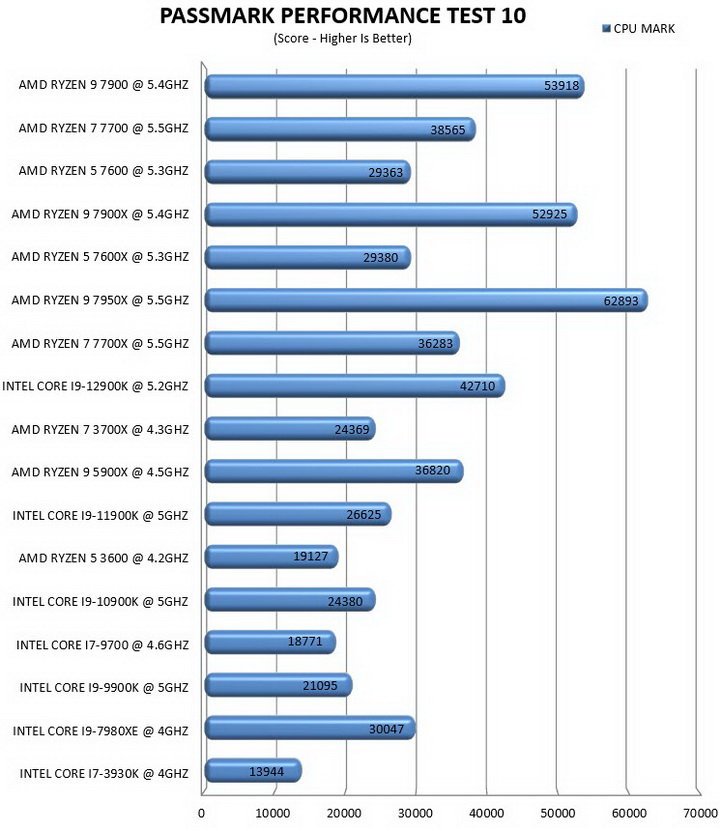
TEST RESULTS - SANDRA TITANIUM / REALBENCH
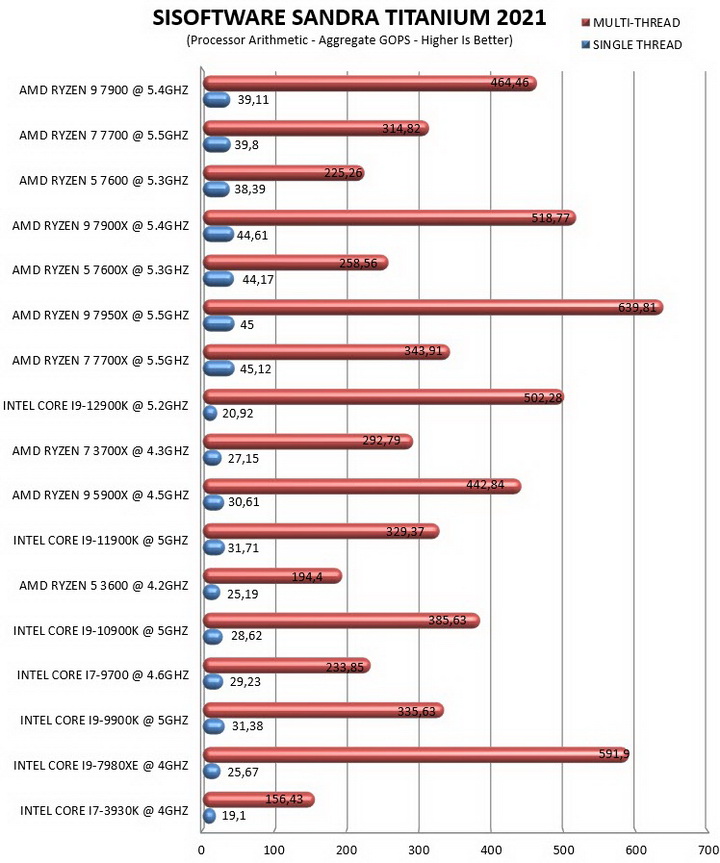
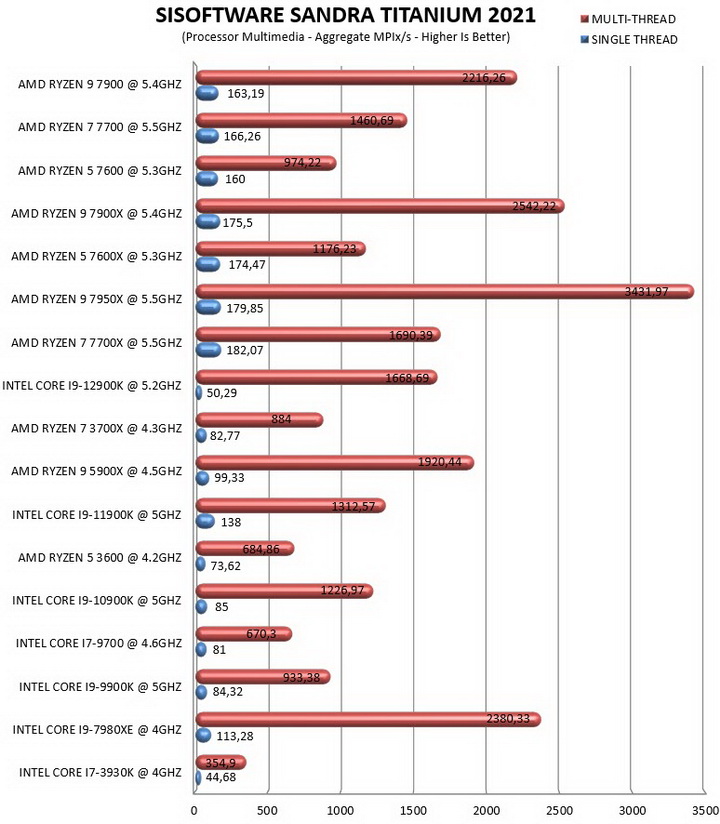
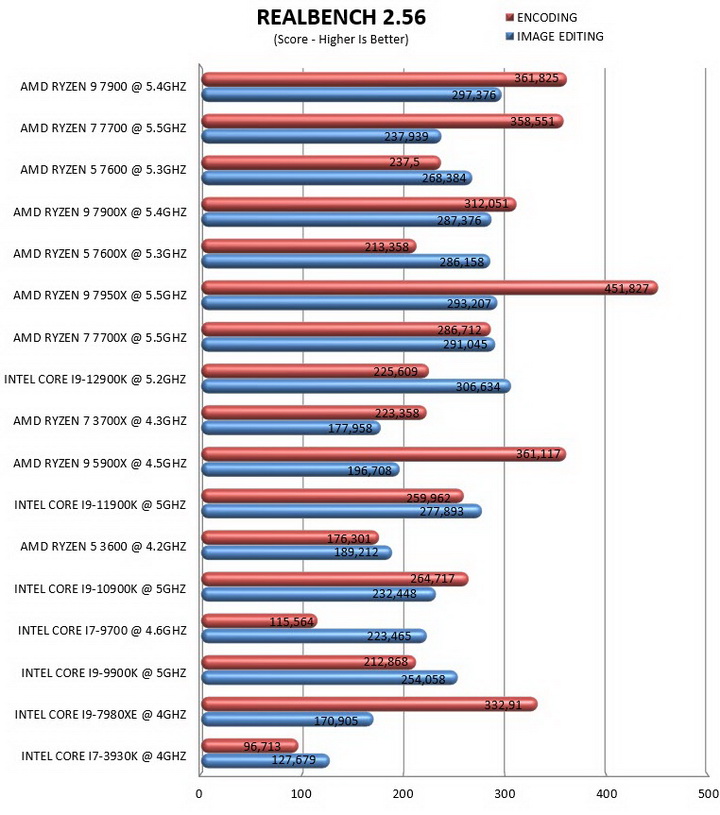
TEST RESULTS - HORIZON ZERO DAWN COMPLETE EDITION / F1 2022 / FORZA HORIZON 5
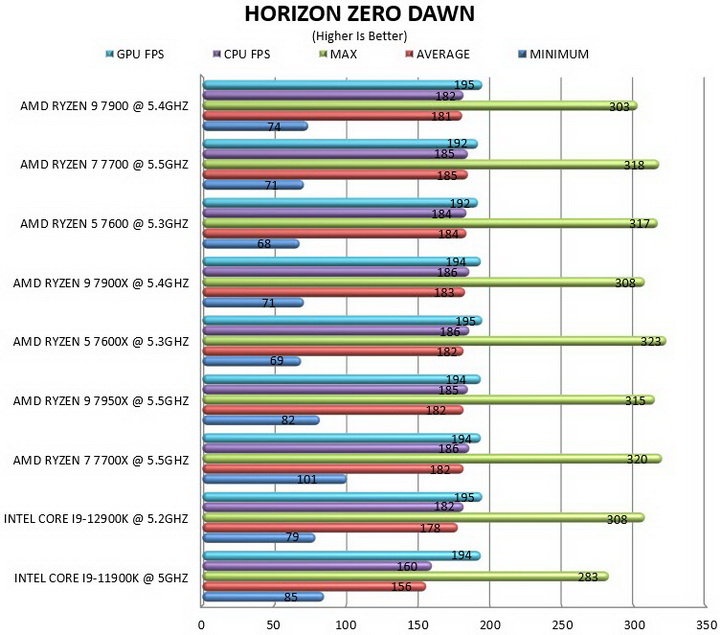
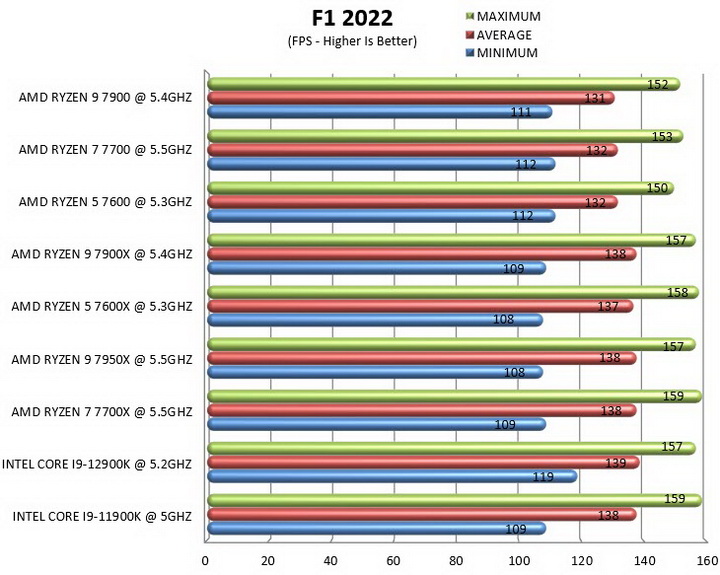
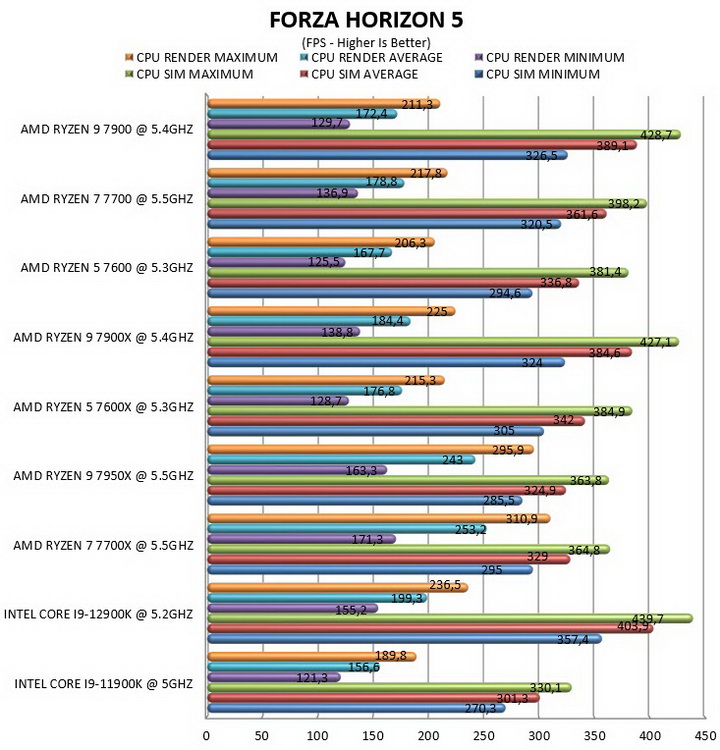
TEST RESULTS – POWER CONSUMPTION / TEMPERATURES

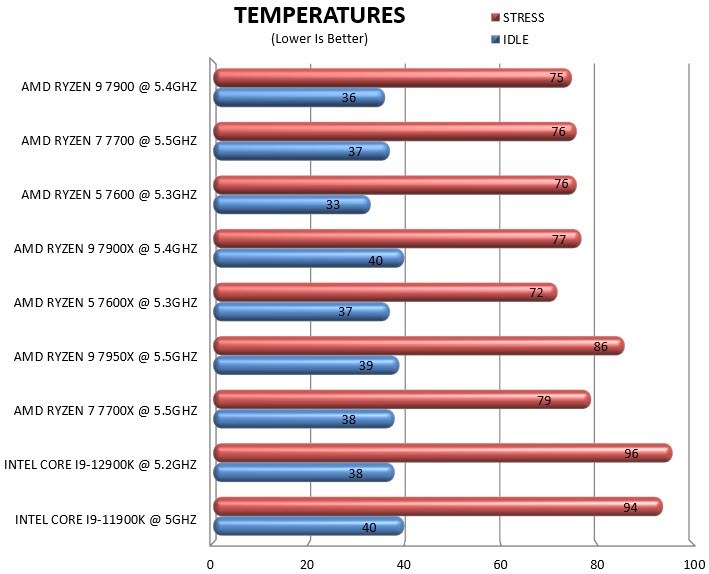
CONCLUSION
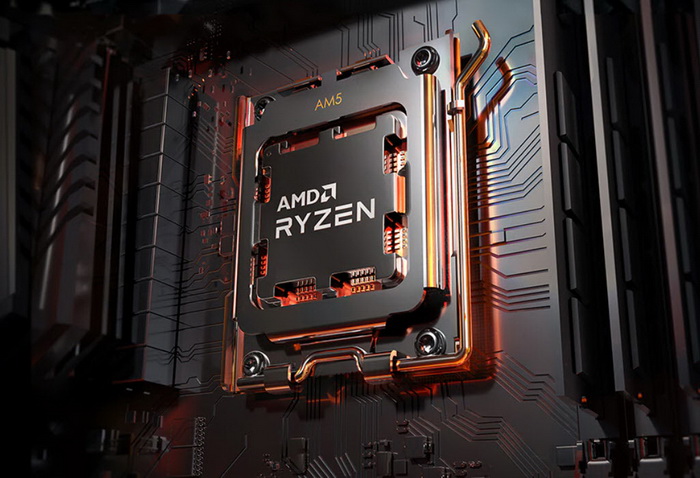
3 things one should take away from todays review/comparison, first that the 65W TDP is not quite on the spot, second that the performance levels of the new non-X CPUs are pretty much on par with their X counterparts and third that the bundled wraith coolers produce a better price/performance ratio for the non-X models compared to the X models. In regards to the 65W TDP limit it’s clear from the charts (this time over i included both default and OC numbers for power consumption) that none of the 3 CPUs can actually achieve it on load and the lowest number they can achieve only apply at default/stock clocks and configuration so do keep that in mind (at manual overclock power consumption is almost identical to that of the 7000X series). The good news is that performance is also almost identical to that of the X series (although do keep in mind that the BIOS version and chipset drivers used here are newer in comparison) so you’re not really missing out on anything if you choose the non-X series. As for the wraith coolers i can’t say much about them since i didn’t use them for my review. I did do a quick noise level check and i guess they are borderline ok (and the RGB models do look nice) but still people do need to keep in mind that these are CPU air coolers only for when the new Series 7000 65W TDP models are running with everything at default/stock.
The new Ryzen 7000 Series of 65W TDP CPUs by AMD are scheduled to make their debut tomorrow at USD229 for the Ryzen 5 7600, USD329 for the Ryzen 7 7700 and USD429 for the Ryzen 9 7900 model. If stores follow these pricing guidelines by AMD the new non-X series CPUs will not only retail for less (the how much depends on the model however) but they’ll also include an air cooler in the bundle further widening the price gap. Overall, there’s not a single bad thing i can say about the new Series 7000 65W TDP CPUs by AMD. Yes, the 65W TDP provided by AMD is not a realistic number (not even at default configuration) but even so 80W for the 7600 model, 85W for the 7700 model and 96W for the 7900 model are great numbers regardless. So, for all of the above the latest Ryzen 7000 Series CPUs by AMD certainly deserve the Golden Award.

PROS
- Excellent Performance (Trade Blows With The X Line)
- Top Clocks (5300MHz / 5500 / 5400MHz)
- EXPO DDR5 RAM (Low Latencies / Compatibility)
- Power Consumption (TDP)
- Integrated RDNA 2 Radeon Graphics
- Ryzen Master Software (Overclocking / Reduced Power Consumption)
- Pin Less Design
- AM5 Socket (Same As AM4)
- Wraith Coolers (Bundle)
- Price (For Some)
CONS
- 65W TDP (Not Realistic)

 O-Sense
O-Sense





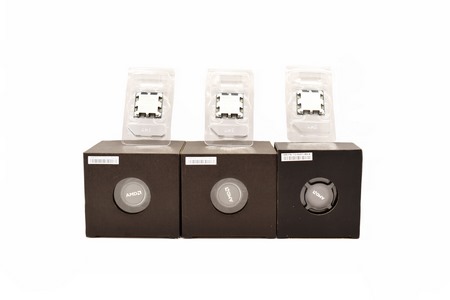
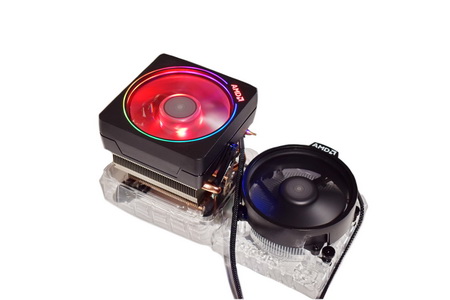
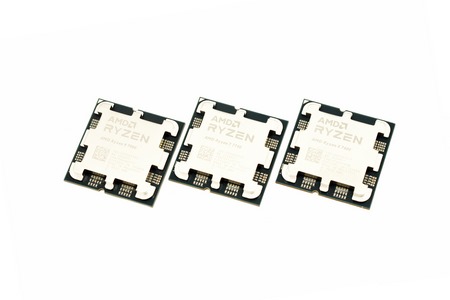
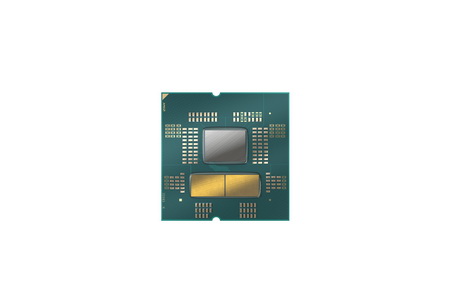
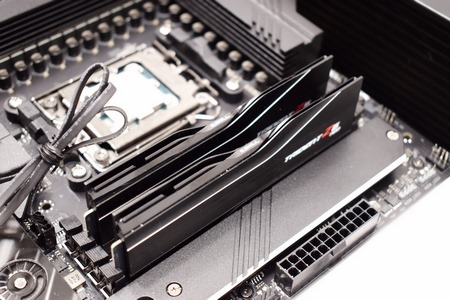
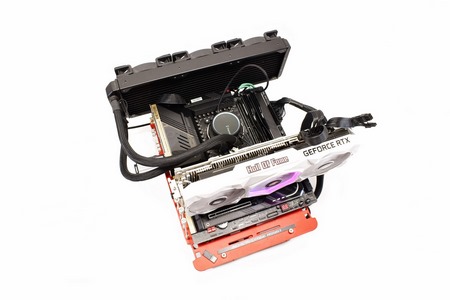
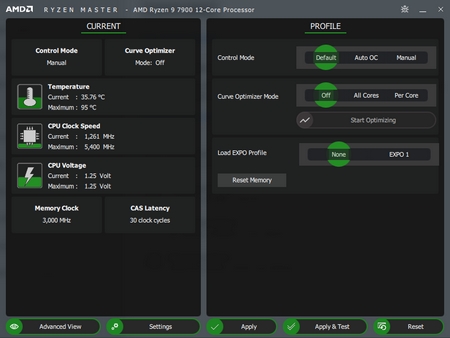
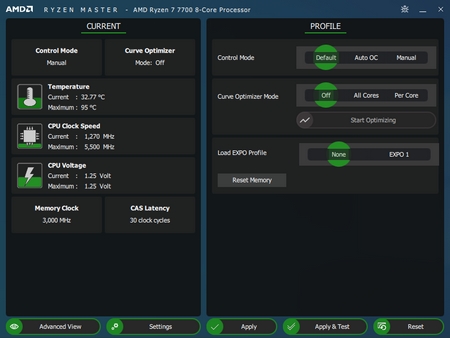
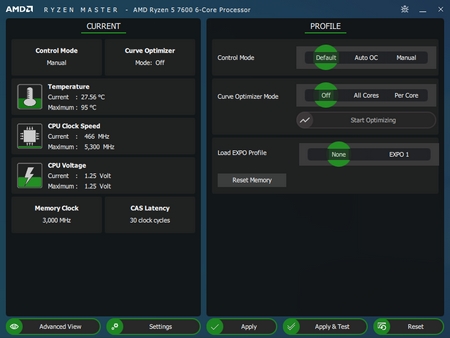
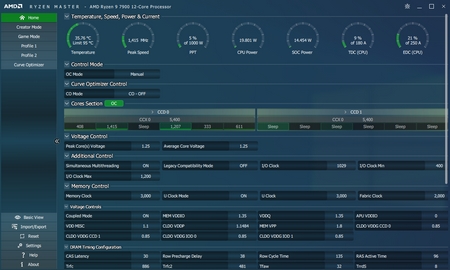
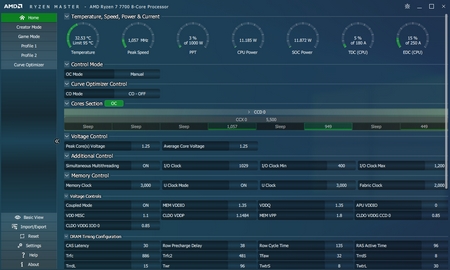
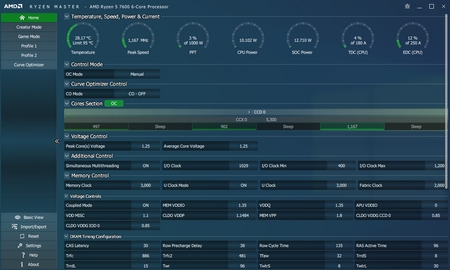
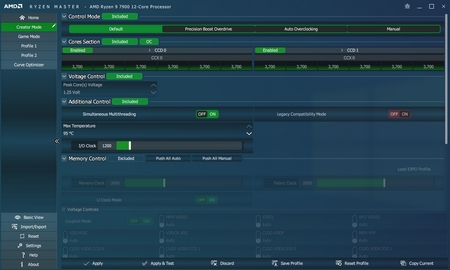
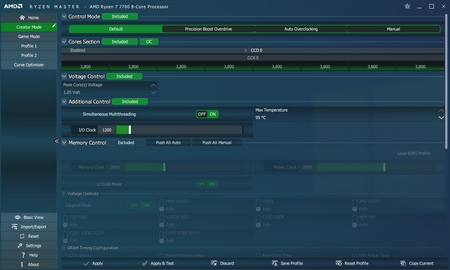
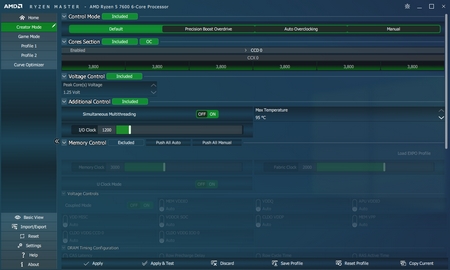
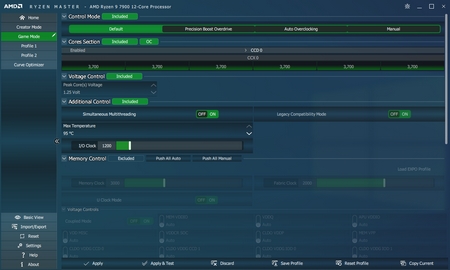
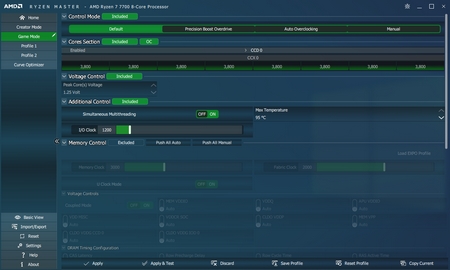
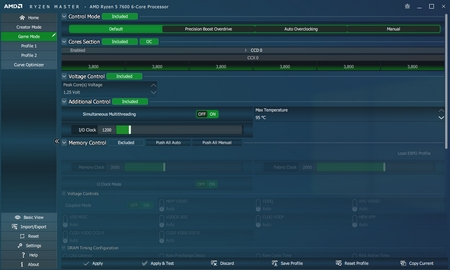
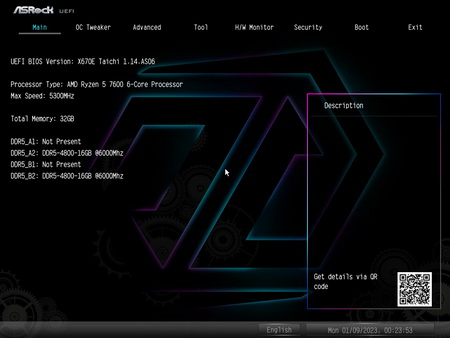
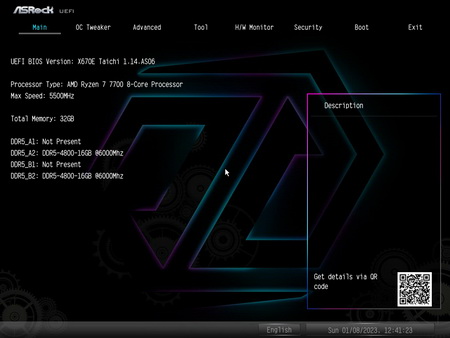
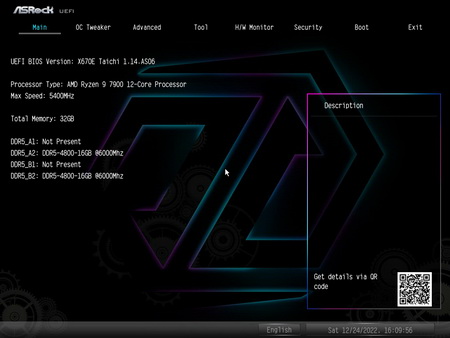


.png)

